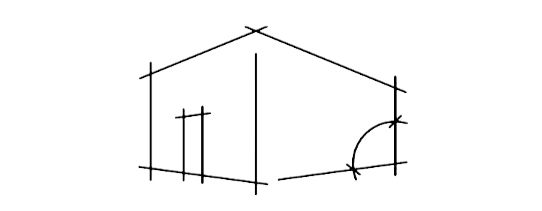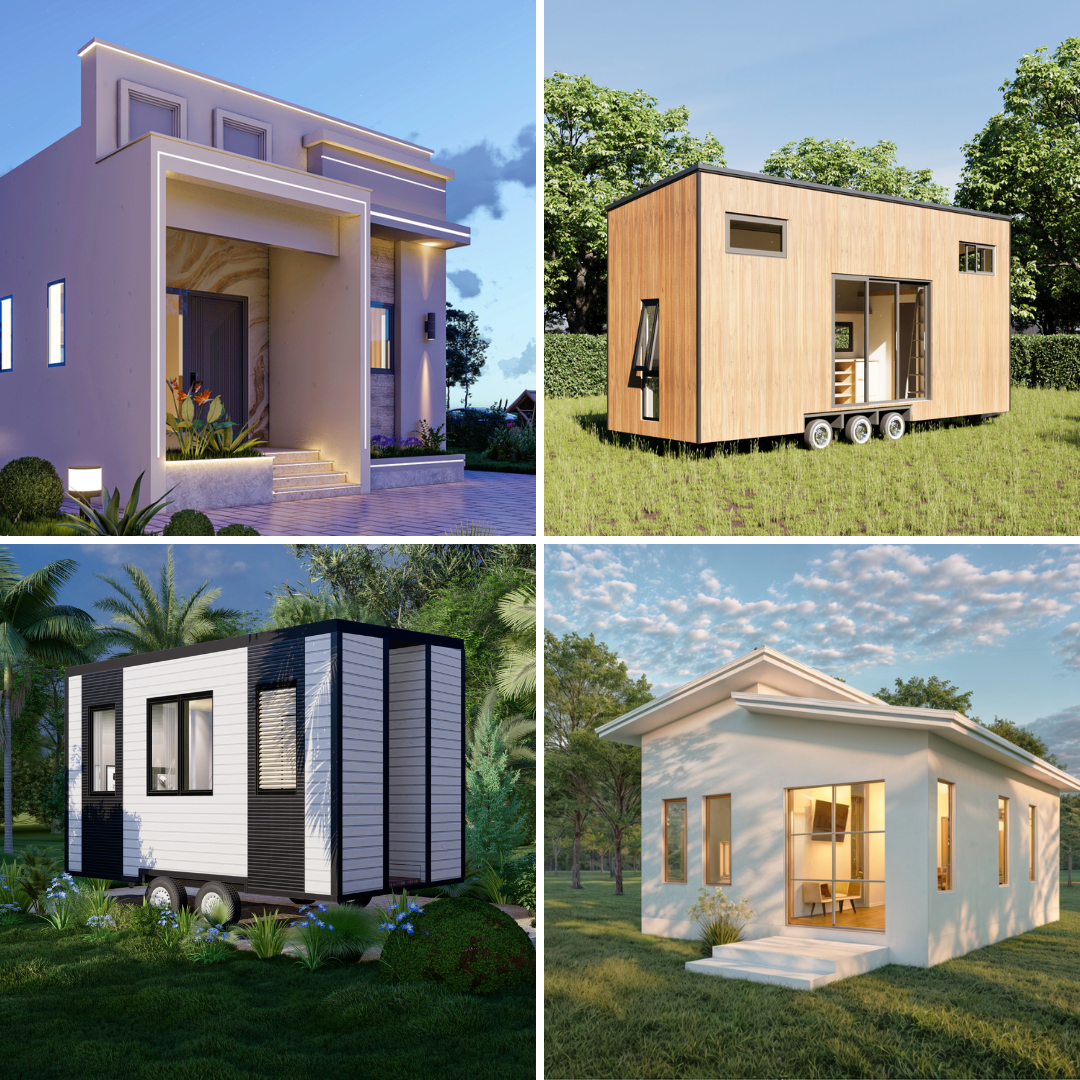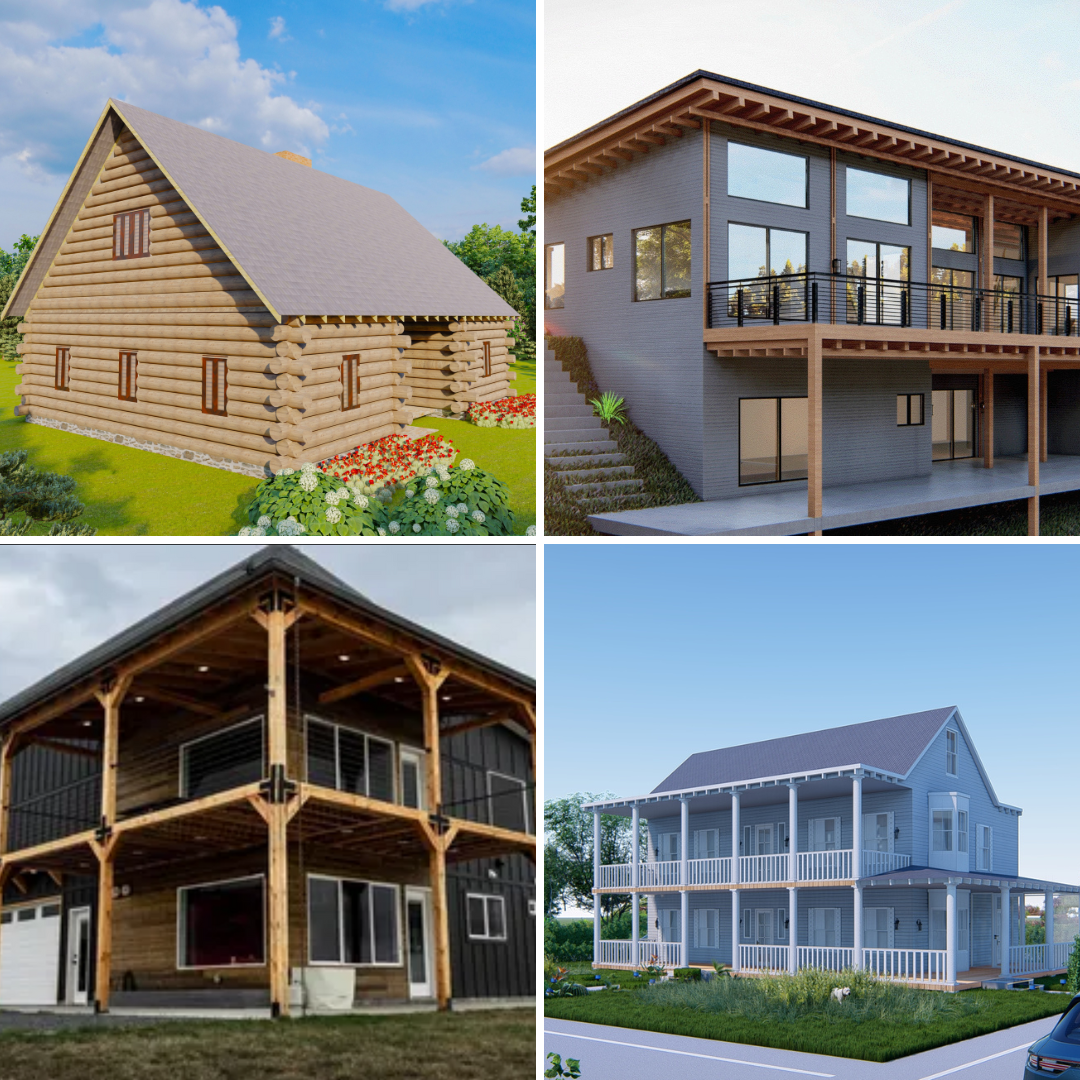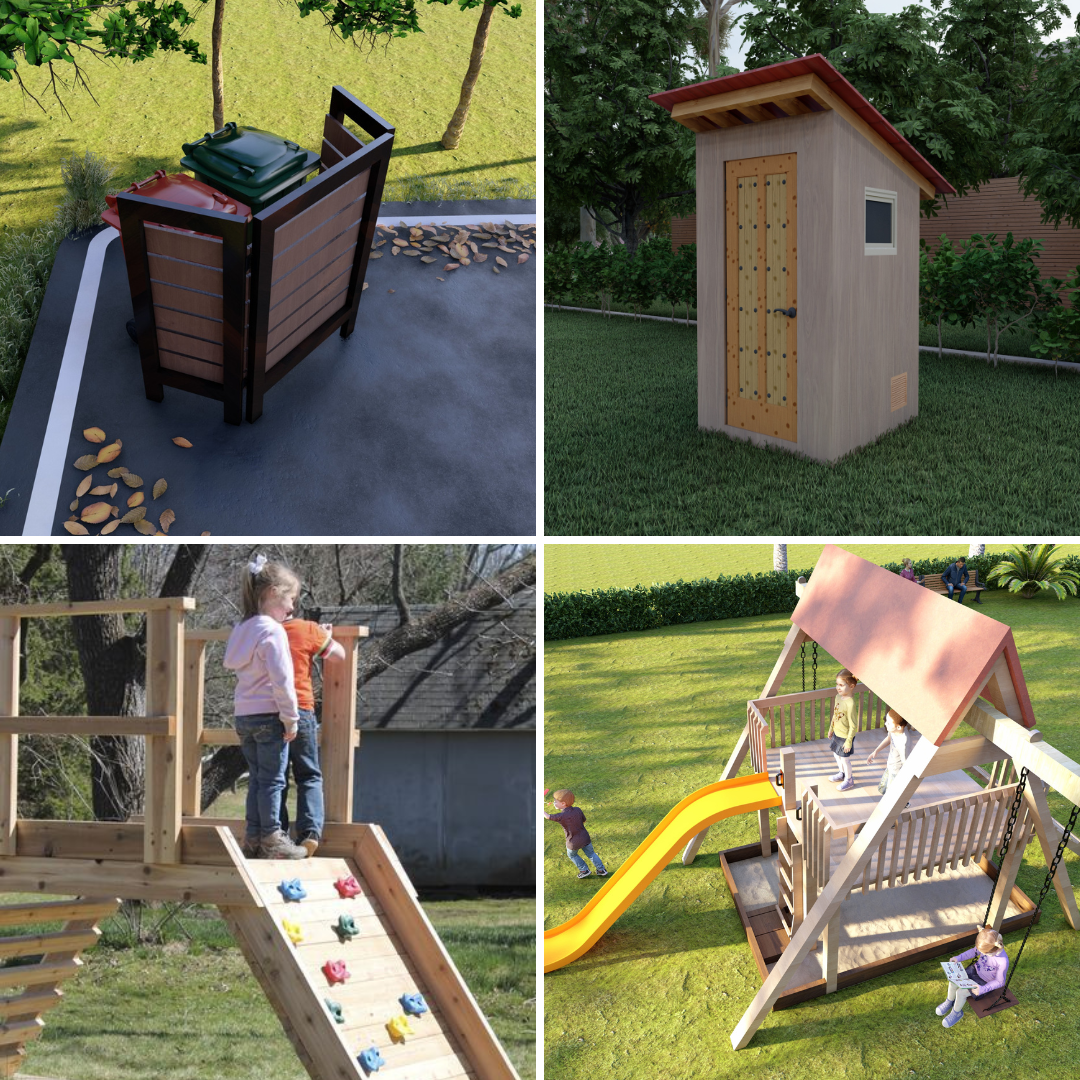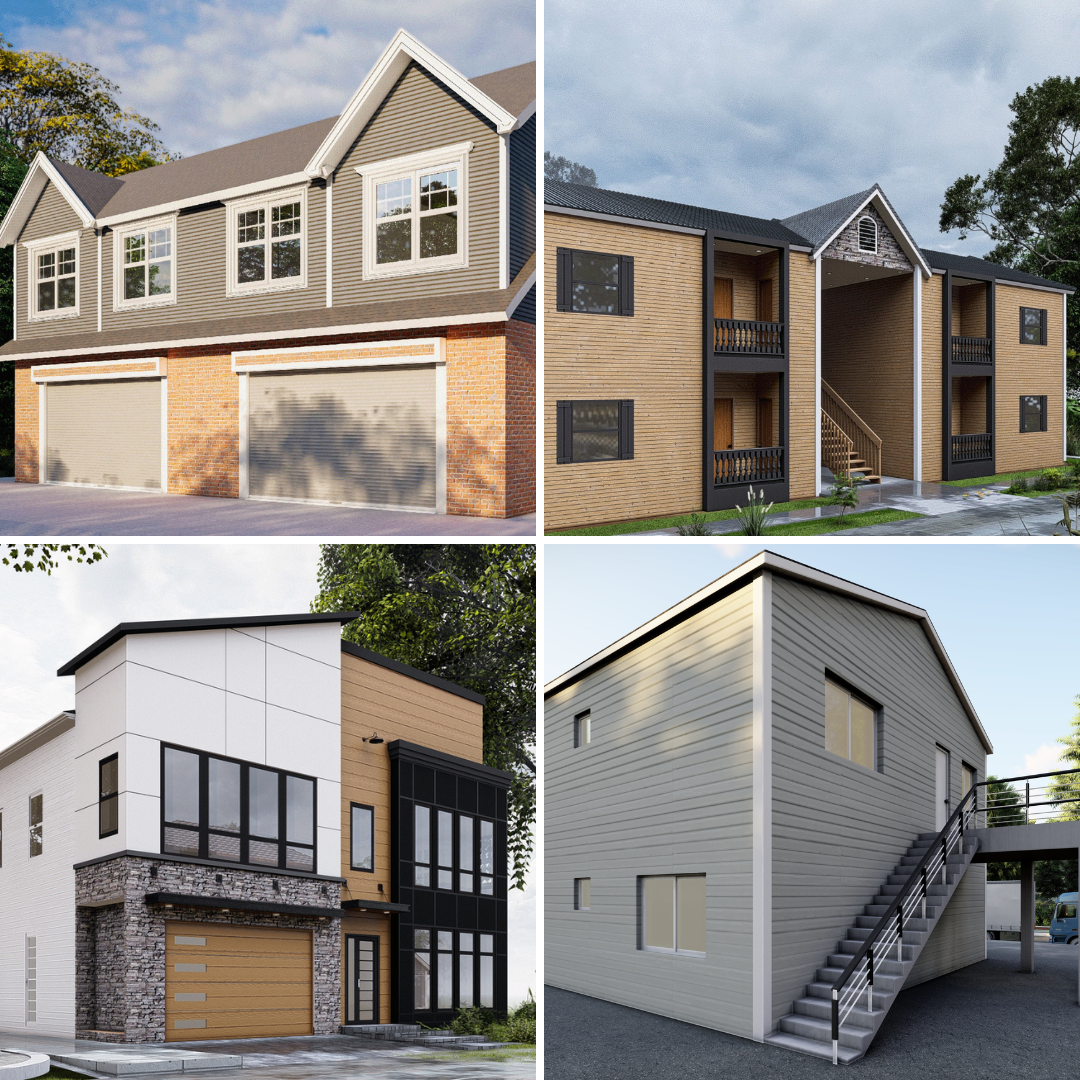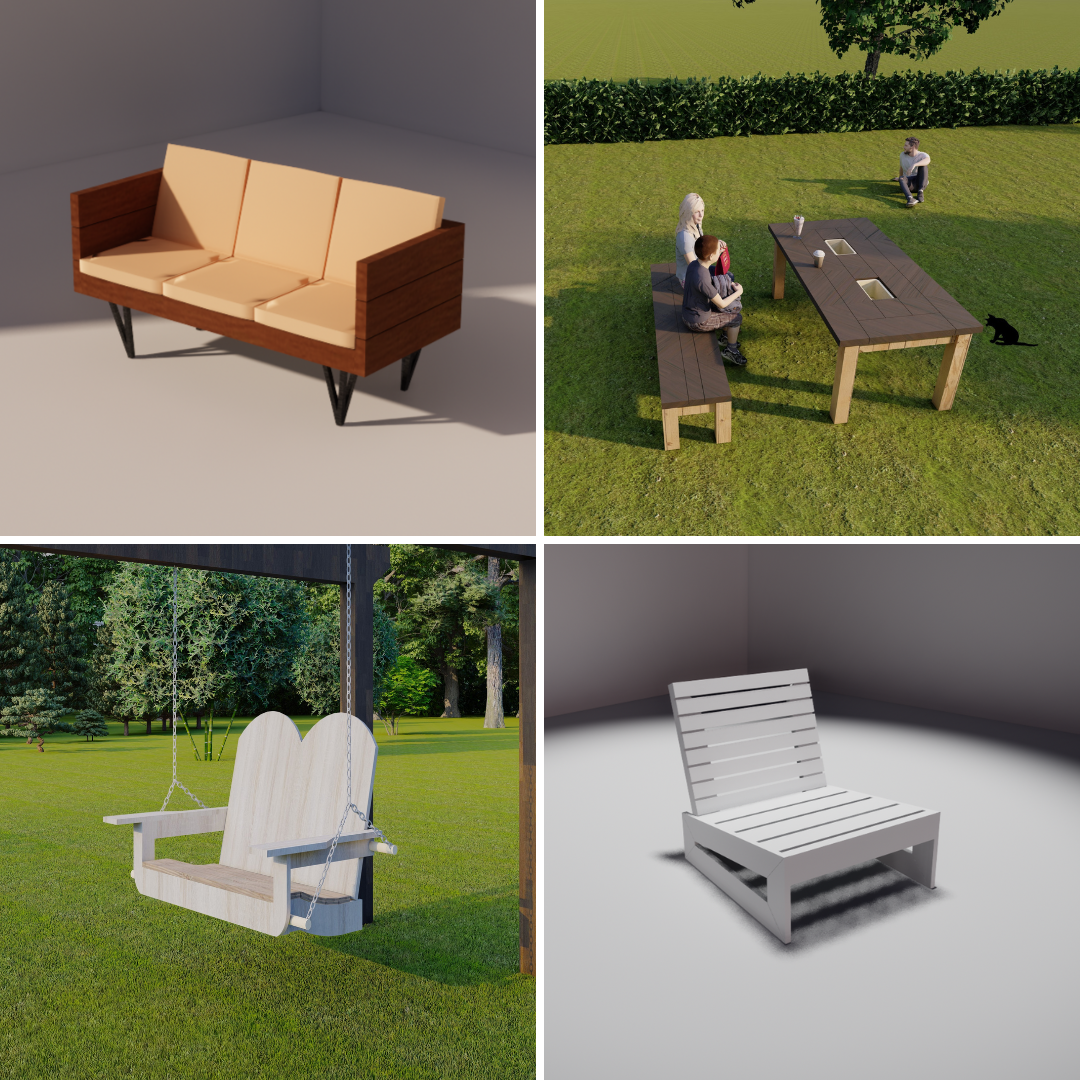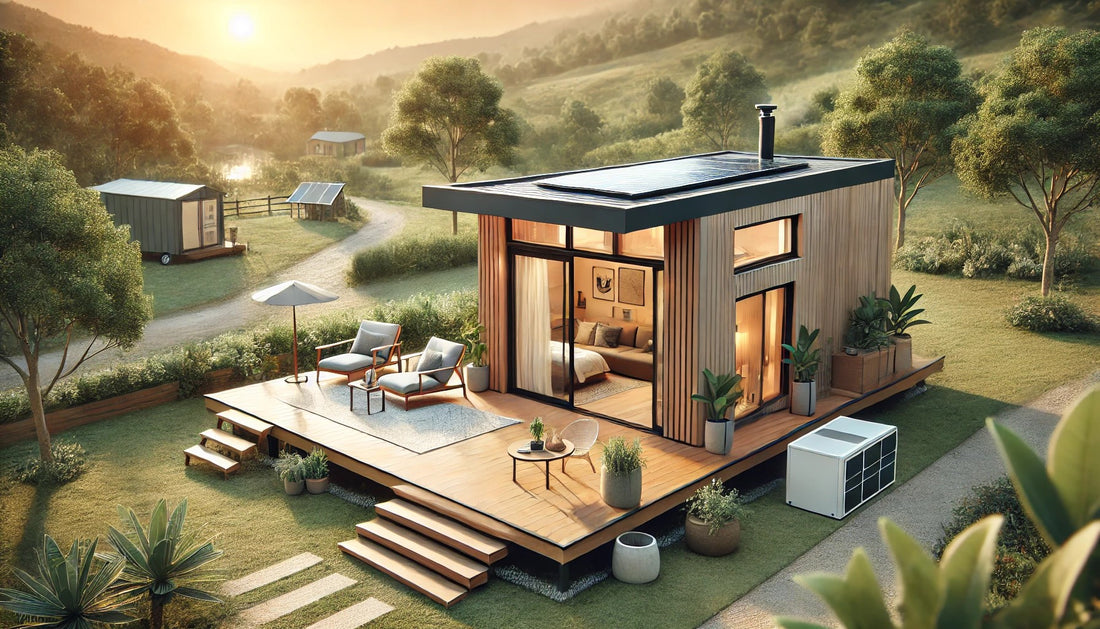
Is Living in a Tiny Home Right for You? A Lifestyle Guide
Share
The tiny home movement has gained significant momentum in recent years, offering a lifestyle that emphasizes simplicity, sustainability, and financial freedom. But making the leap to tiny home living is a decision that requires thoughtful consideration. Are you ready to embrace minimalism, adapt to a smaller space, and navigate the unique challenges of this lifestyle? To start your journey, explore [Tiny Home & Cabin Plans] to see how these compact designs can meet your needs.
Understanding the differences between tiny homes and traditional houses is an essential step. A resource like [Tiny Home vs. Traditional Home: What You Need to Know] can help you evaluate the pros and cons, so you can decide if this lifestyle aligns with your goals. Whether you're drawn to the financial benefits, eco-friendly aspects, or the allure of living with less, this guide will help you determine if a tiny home is the right fit for you.
1. Financial Freedom: The Economic Appeal of Tiny Homes
One of the primary reasons people choose tiny home living is financial freedom. With a significantly lower cost of construction or purchase compared to traditional homes, tiny houses offer an affordable housing solution. On average, the cost of building or buying a tiny home ranges from $30,000 to $100,000, depending on materials, location, and customizations.
Beyond the initial investment, tiny homes also reduce ongoing expenses. Smaller spaces mean lower utility bills, reduced maintenance costs, and fewer household items to buy. These savings can free up funds for other priorities, such as traveling, paying off debt, or saving for retirement.
However, potential homeowners should account for hidden costs. These may include land purchases, zoning permits, and expenses associated with off-grid living solutions like solar panels or composting toilets. If your tiny home is on wheels, you’ll also need to budget for towing equipment, RV park fees, and regular maintenance.
2. Minimalism: Simplifying Life to Maximize Joy
Living in a tiny home is about more than downsizing your physical space—it’s about adopting a minimalist mindset. This lifestyle shift involves decluttering, letting go of unnecessary possessions, and focusing on quality over quantity. For many, this results in less stress and a deeper appreciation for what truly matters.
The transition to minimalism can be both liberating and challenging. On the one hand, you’ll enjoy a cleaner, more organized living space that reflects your priorities. On the other hand, parting with sentimental or unused items can be difficult. A good starting point is to evaluate your belongings based on their usefulness and emotional value, keeping only the items that genuinely enhance your life.
Minimalism in a tiny home also extends to the way you design and utilize the space. Multifunctional furniture, like beds that fold into walls or dining tables with hidden storage, can maximize your living area while keeping it uncluttered. Choosing a minimalist aesthetic—light colors, clean lines, and functional décor—can make your space feel larger and more serene.
3. Community and Mobility: The Social and Practical Aspects
Living in a tiny home often fosters a sense of community. Tiny house villages, RV parks, and online forums provide opportunities to connect with others who share your values. These communities offer support, inspiration, and a chance to exchange ideas about sustainable living and creative home solutions.
For those with tiny homes on wheels (THOW), mobility is another major draw. The ability to relocate provides unparalleled freedom, allowing you to explore new places, live closer to nature, or move for work or personal reasons. However, this mobility comes with logistical challenges. Moving a tiny home requires proper permits, reliable towing equipment, and thorough planning to find suitable parking locations.
Despite these challenges, the flexibility of tiny home living appeals to many. Whether you dream of exploring the countryside or simplifying your life in a close-knit community, the tiny home lifestyle offers unique opportunities to redefine what home means to you.
4. Environmental Impact: Living Lightly on the Planet
Tiny homes are often celebrated for their eco-friendly design and reduced environmental footprint. With a smaller size, these homes use fewer resources during construction and consume less energy for heating, cooling, and lighting. Many tiny homeowners take their commitment to sustainability further by incorporating green technologies, such as solar panels, rainwater harvesting systems, and composting toilets.
The shift to a tiny home also encourages a more conscious consumption pattern. By limiting storage space, you’re naturally inclined to buy less and prioritize items that are durable, versatile, and environmentally friendly. Over time, this mindset can contribute to a more sustainable lifestyle.
That said, living sustainably in a tiny home requires careful planning. Off-grid solutions may involve upfront costs and ongoing maintenance. Additionally, sourcing eco-friendly building materials and appliances can require research and effort. For those passionate about environmental stewardship, however, the benefits often outweigh the challenges.
5. Challenges and Considerations of Tiny Home Living
While the benefits of tiny home living are undeniable, it’s important to consider the potential challenges. Adjusting to a smaller space can be difficult, particularly for families or individuals accustomed to larger homes. Privacy can also be a concern, especially if multiple people are sharing the space.
Zoning laws and building regulations are another significant hurdle. Not all areas permit tiny homes, and restrictions on land use, utility connections, and minimum square footage can limit where you can build or park your home. Researching local laws and working with professionals who specialize in tiny home construction can help navigate these obstacles.
Storage is another common challenge. Downsizing means sacrificing space for clothing, tools, and other personal items. To address this, many tiny homeowners turn to innovative storage solutions, such as under-bed compartments, wall-mounted shelving, and furniture with hidden storage.
Key Questions to Determine If Tiny Living Is Right for You
- What motivates you to live in a tiny home? Consider whether you’re driven by financial, environmental, or lifestyle goals.
- How adaptable are you to smaller spaces? Evaluate your willingness to live with less and prioritize multifunctionality.
- What is your long-term plan? Think about whether tiny home living aligns with your career, family, and personal goals.
- Do you have a support system? Whether it’s a community of fellow tiny homeowners or supportive friends and family, having a network can make the transition smoother.
Living in a tiny home isn’t just about downsizing your space—it’s about reimagining your life. For some, it’s a chance to embrace minimalism, reduce their environmental impact, and gain financial freedom. For others, it may not align with their needs or lifestyle preferences. By carefully weighing the benefits and challenges, researching thoroughly, and planning strategically, you can decide if tiny home living is the right path for you.
